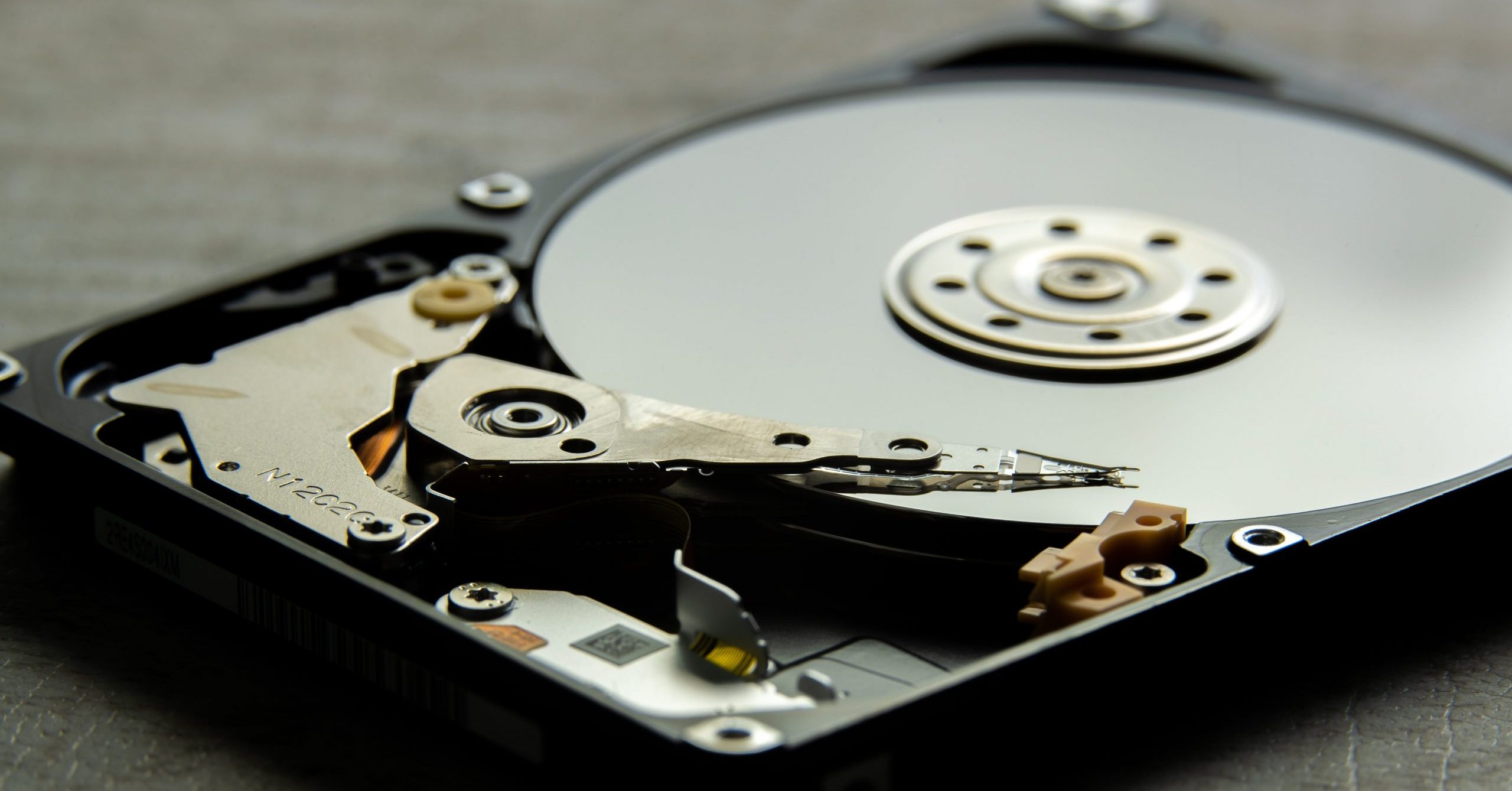In this article, we’ll break down what NIST 800-88 actually requires, why storage media of all types can defy expectations, and how verification services close the gap between intention and assurance.
Your Hard Drive Will Fail. You Should Have a Backup Plan.

By guest writer Jarrod Rice, Content Marketing Manager for OWC
It’s not if… it’s when. No matter which type of HDD you pick up to store your valuable data or how well you take care of it, it will eventually fail.
It’s a fact that Backblaze knows intimately. The online backup firm puts dozens of HDD models, and tens of thousands of drives all together, through arduous testing quarterly to determine the failure rates of each. Once a day, Backblaze “takes a snapshot” of the status of all of its drives. Based on this data, they generate statistics on how long drives will last. (Find all of Backblaze’s testing data here.)
And while the failure rates might seem relatively low on the surface, the drives they test are in ideal conditions. Your hard drive might encounter voltage and amperage variations, even spikes thanks to electrical storms. And if your drive is in a notebook computer, there is always the threat of physical damage from a drop or otherwise. Other factors might work in your favor, such as not using the drive every day and keeping it in a safe, climate-controlled space.
So how long will your drive last? According to a Backblaze report, almost 80% of the drives being used in their infrastructure lasted four years. That means that about 20% didn’t, with most dying in their third year of life. Of course, it could last longer … or it could fail in the first year of use. That’s why you need to really have a good backup plan, hopefully with multiple backups on different media and online.
The 3-2-1 Backup Plan
A proper backup plan is your best bet to protect against losing data, and save you from disasters caused either by equipment failure or human failings. But rather than a single backup, we recommend the “3-2-1 Rule.”
The 3-2-1 Rule ensures triple redundancy for your data, meaning that you still have two backup copies that are available to restore your Mac to full functionality if you have a drive failure. With the 3-2-1 Rule, you have a primary copy of your data on a local backup drive, a second copy on a second type of storage media, and a third copy offsite.
So, what might the 3-2-1 Rule look like in practice?
Phase 1: Maybe an iMac is your sole home computer, and it holds all of those terabytes of important data that you’ve accumulated over the years. A good solution would be to keep a hard drive such as the OWC Mercury Elite Pro plugged into the iMac at all times and set it up for Time Machine backups. This primary backup would be the one that you most likely would use to restore the iMac if its internal hard drive fails.
Phase 2: As a second local backup, you could go with media that is in itself redundant: RAID (Redundant Array of Independent Disks). With RAID, two or more hard disk drives are placed into a single enclosure. For example, an OWC ThunderBay 4 mini can hold four inexpensive 1.0 TB drives. With this redundancy, data can survive the loss of one or more drives in a RAID. That makes a properly-configured RAID much less likely to lose data than a single drive.
Phase 3: It’s also important to have your data off-site in the event of a natural disaster or fire that can destroy your primary drive and local backup. For this, a cloud storage service is recommended with software on your iMac that automatically senses new or revised documents and uploads them to the cloud, keeping that third copy up-to-date. There are downsides to cloud storage, but we’ll save that for another time.
Covering Your Bases
With the 3-2-1 plan, if the main disk drive fails, it can be replaced and the data can be restored from the primary Time Machine backup. If your second local backup is bootable, you can use the RAID to work on the iMac until the internal hard drive is replaced. If anything physically happens to the iMac and two local backups, then the cloud backup will have your data readily available.
We can’t stress how important backing up your data is – a disastrous drive failure can strike at any time. But don’t take our word for it, the proof is in the numbers.
- Statistical information courtesy of Backblaze






